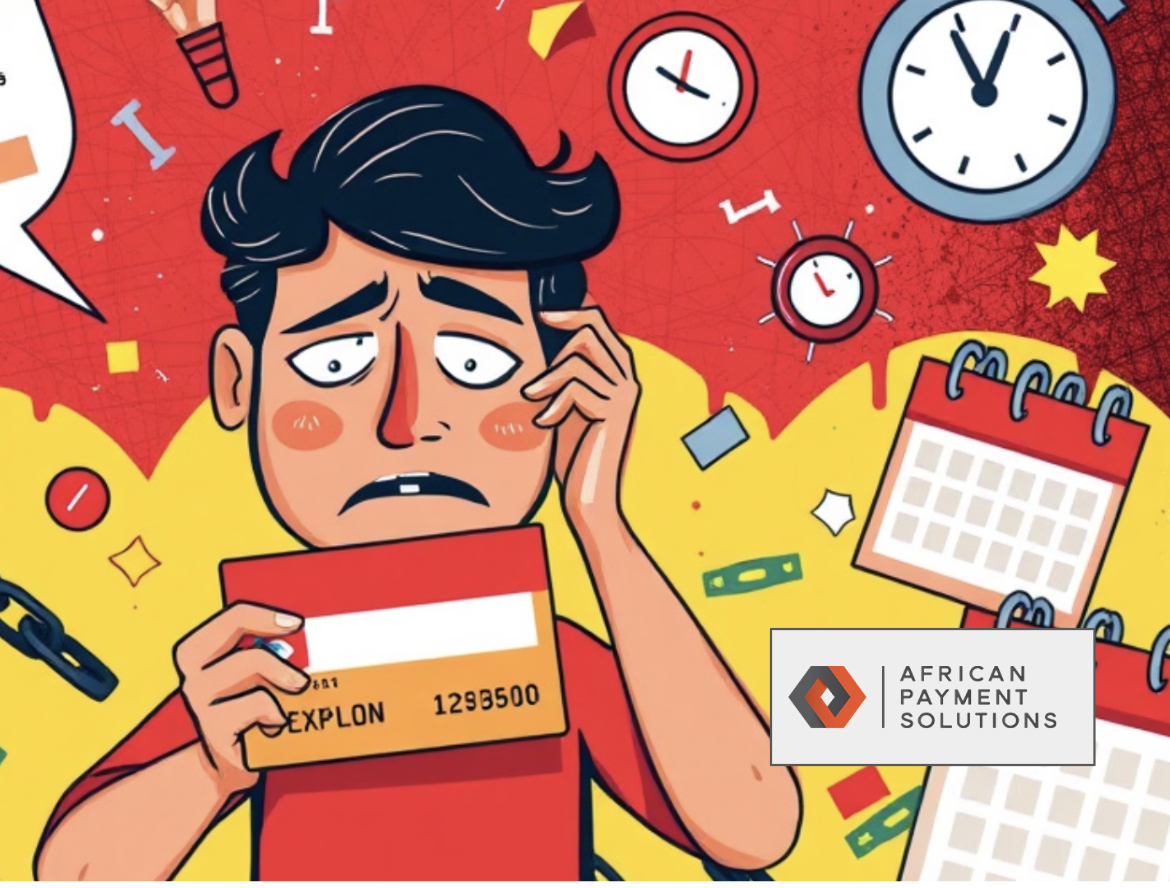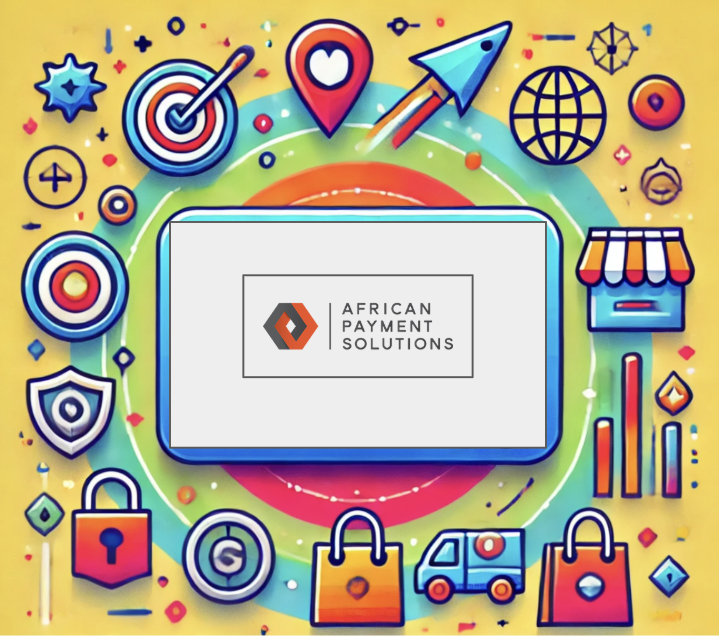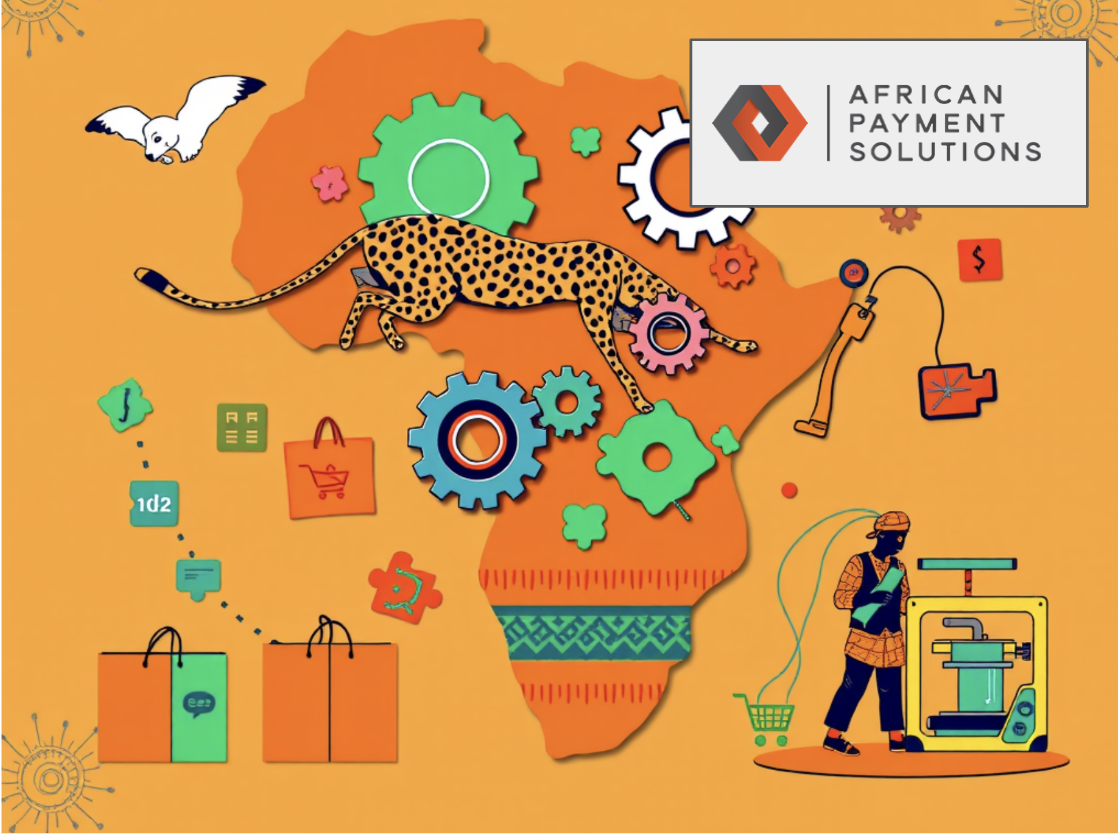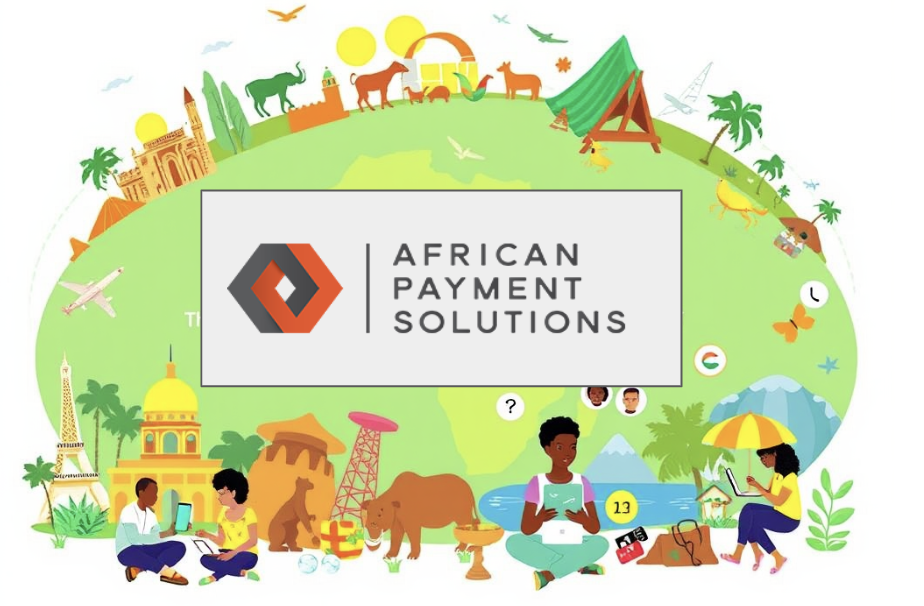Here’s a blog post explaining exactly how the expiring card problem has been solved with card-on-file tokenisation:
Say Goodbye to Expired Card Headaches: How Tokenisation Keeps Payments Seamless
For e-commerce merchants, one of the most persistent and frustrating issues has been dealing with expired credit cards for customers with saved payment details. Whether it’s for subscription services, recurring payments, or simply a returning customer’s convenience, outdated card information leads to failed transactions, lost revenue, and a poor customer experience. Thankfully, modern payment technology, specifically card-on-file tokenisation, offers a robust solution to this long-standing problem.
So, how exactly does tokenisation solve the expiring card dilemma? Let’s break it down:
Instead of directly storing your customers’ sensitive Primary Account Numbers (PANs) – their 16-digit card numbers – card-on-file tokenisation replaces this data with a unique, randomly generated identifier called a token. This token is essentially a placeholder for the actual card details.
The crucial innovation lies in how these tokens are managed, particularly when a card expires or is replaced due to loss or theft. Traditionally, when a customer’s saved card expired, the merchant would have to rely on the customer to manually update their information. This often led to forgotten updates, failed payments, and customer churn.
With card-on-file tokenisation, the process is far more streamlined and often completely invisible to both the merchant and the customer. Here’s how it works:
- When a customer’s card on file is tokenised, a link is created between the merchant (the token requestor) and the cardholder’s credential. This link, and the associated token, are managed by the card issuer (the bank).
- The issuer actively monitors the lifecycle of the underlying card. When a card is due to expire or a new card is issued (for example, due to the old one being reported lost or stolen), the issuer updates the linking to the token.
- The token itself remains active and valid, even though the physical card number and expiry date have changed.
- When a subsequent payment is initiated using the token, the updated card details are automatically retrieved and used by the payment processor behind the scenes.
This means that for services like subscription boxes or monthly software fees, customers no longer need to manually update their payment information when their card expires. The transition to their new card is seamless, ensuring uninterrupted service and preventing failed payments.
As Phillip mentioned in our conversation, this is a “massive benefit because you don’t have all those expiring cards and things like that”. Nikhil from Visa confirmed that the bank or issuer manages the linking from the old card to the new card and to the token, maintaining the vault and updating the linking automatically.
Key benefits for merchants include:
- Reduced churn: Fewer failed payments due to expired cards mean fewer lost subscriptions and repeat business.
- Improved customer experience: Customers enjoy a hassle-free experience without the need to remember to update their payment details.
- Increased revenue: Fewer failed transactions directly translate to more successful payments and higher revenue.
- Reduced operational overhead: Your team spends less time dealing with declined payments related to expired cards.
In essence, card-on-file tokenisation takes the burden of managing expiring card details away from both the merchant and the customer. By ensuring that the underlying payment information associated with a token is automatically updated by the issuer, this technology delivers a smoother, more reliable payment experience that benefits everyone involved. It’s a significant step forward in creating truly seamless e-commerce transactions.
 Navigating Cross-Border Payments in Africa: Is Crypto the Future?
Navigating Cross-Border Payments in Africa: Is Crypto the Future? 


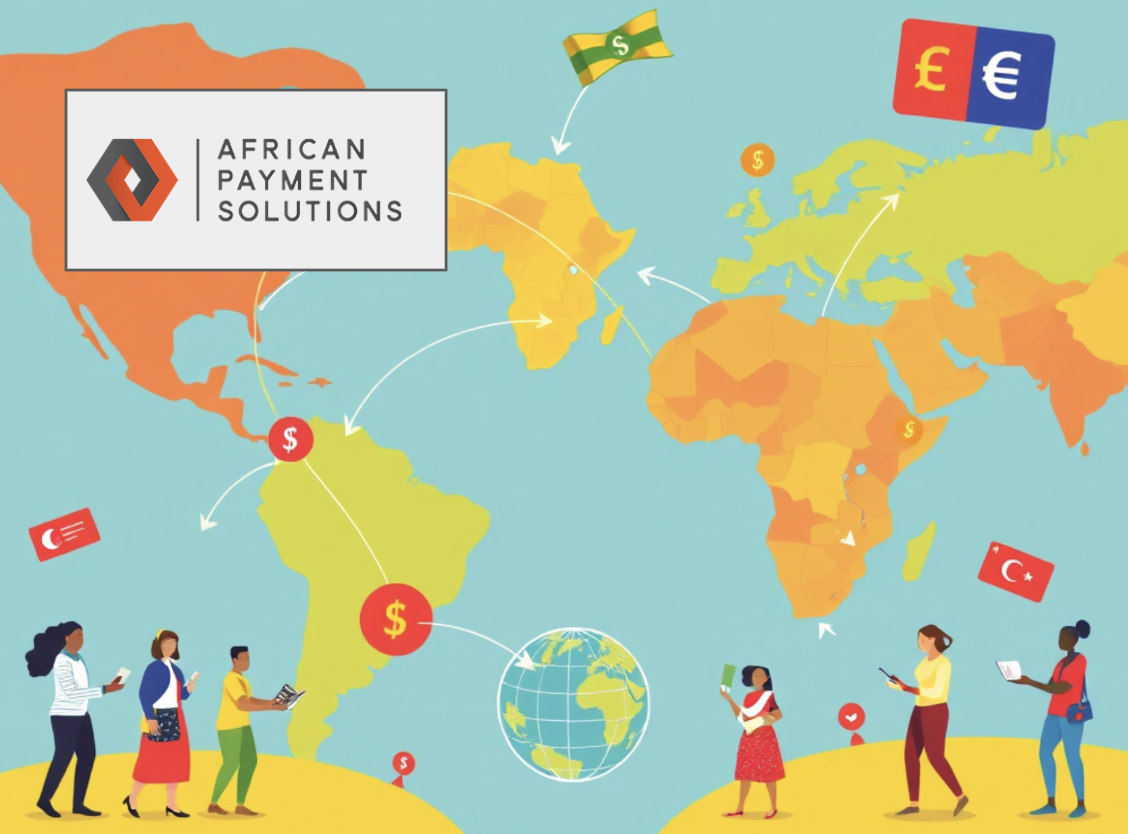

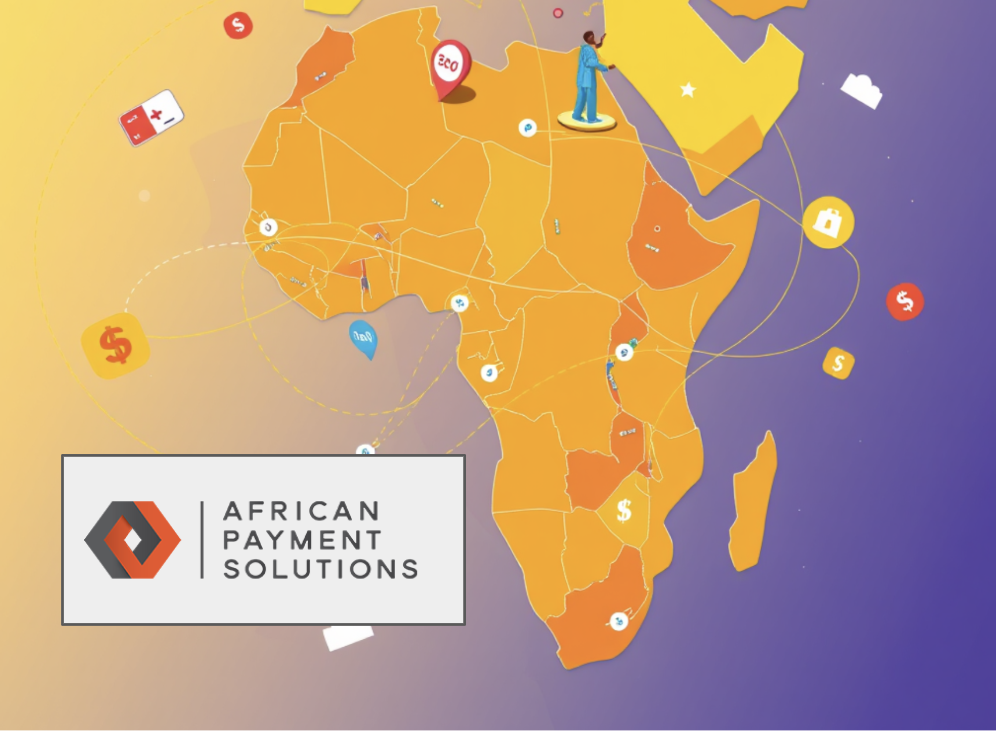
 Exciting news for multinational eCommerce merchants trading in Africa!
Exciting news for multinational eCommerce merchants trading in Africa! 
